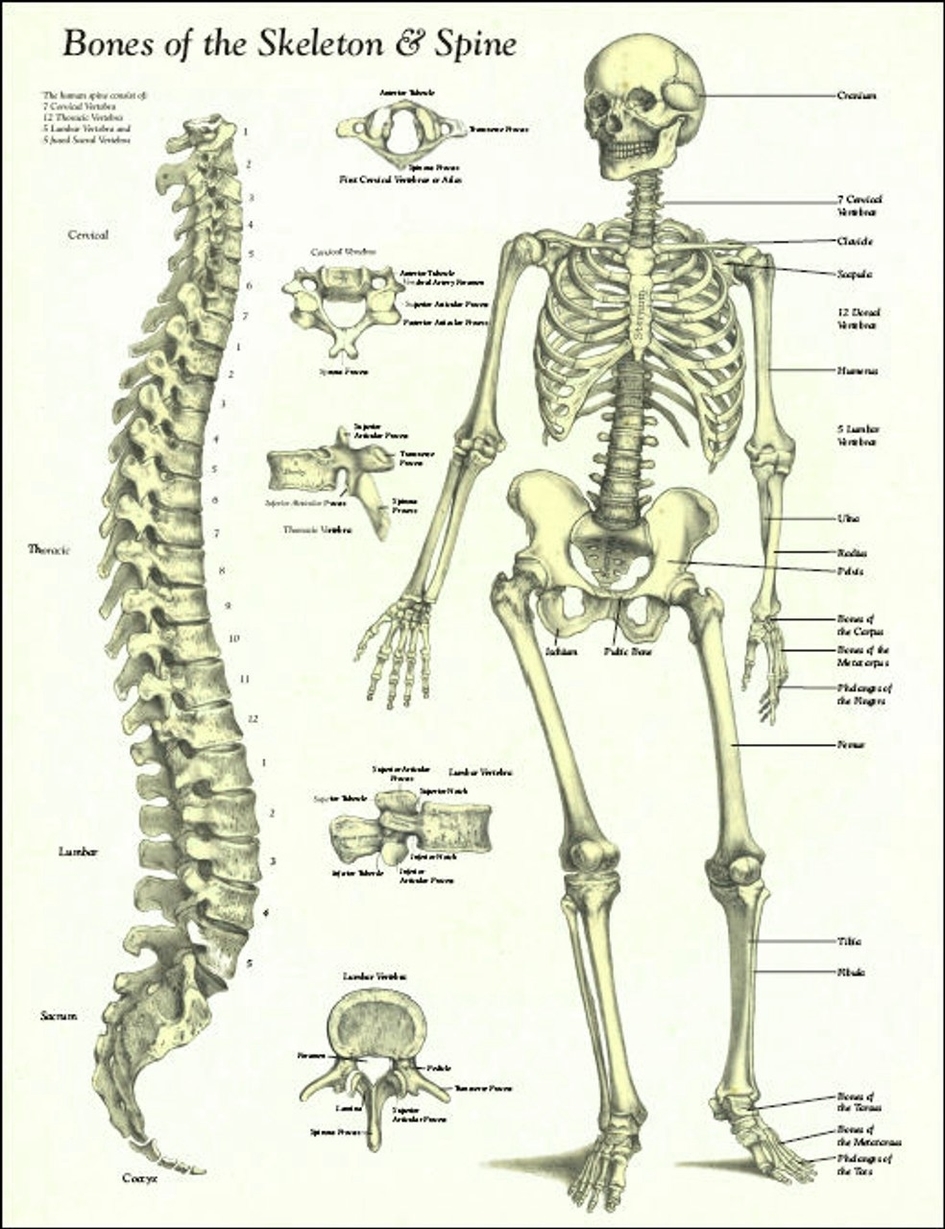The human back, a complex structure comprising bones, muscles, and nerves, plays a crucial role in our body’s functioning. It supports the body’s weight, allows for flexible movement, and protects vital organs and nerve structures.
pine
The spine, also known as the vertebral column or backbone, is the bony core of the back. It consists of 33 interconnected bones called vertebrae, forming a flexible hollow structure through which the spinal cord runs. The vertebrae are stacked together to form the spinal canal, protecting the spinal cord inside.
The spine is divided into five sections:
1. Cervical Spine: The top part of the spine, running from the neck to the upper back. It consists of seven vertebrae and protects the nerves connecting to the brain, allowing the head to move freely while supporting its weight.
2. Thoracic Spine: The middle part of the spine, connecting the cervical and lumbar spine. It has 12 vertebrae and helps keep the body upright and stable.
3. Lumbar Spine: The lower part of the back, made up of five larger vertebrae. These support most of the bodys weight.
4. Sacrum: The bottom part of the spine, which connects to the hip bones. The sacrum has five vertebrae fused together.
5. Coccyx: The base, or tailbone, of the spine. This consists of four vertebrae fused together. It joins to ligaments and muscles around the pelvis.
Ligaments
Ligaments are tough, flexible bands of connecting tissue that join bones to other bones. Two of the main ligaments in the back are the anterior longitudinal ligament and the posterior longitudinal ligament. These two ligaments connect and support the spine from the neck to the lower back.
pinal Cord
The spinal cord runs from the neck down to the lower back. It consists of nerves that carry messages to and from the brain. More specifically, the spinal cord allows the body to move freely, have an awareness of the position of limbs, feel sensations, such as heat, cold, and vibrations, regulate body temperature, blood pressure, and heart rate, and carry out bodily functions, such as breathing, urinating, and having bowel movements.
Muscles
There are three different groups of muscles in the back. These muscles, along with numerous ligaments and tendons, support the spine, providing it with flexibility and a great range of motion.
In conclusion, the human back, particularly the spine, is a marvel of biological engineering. It not only provides structural support and protection for vital organs but also houses the spinal cord, a critical component of the nervous system. Understanding its anatomy and function is crucial for maintaining good health and preventing back-related disorders.



